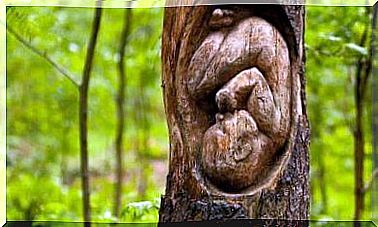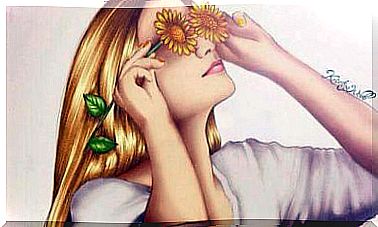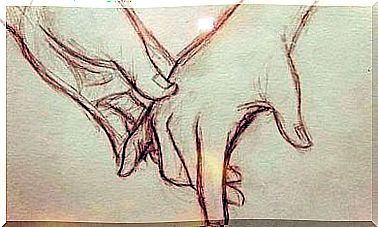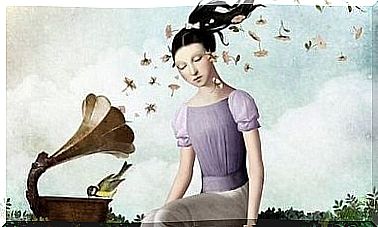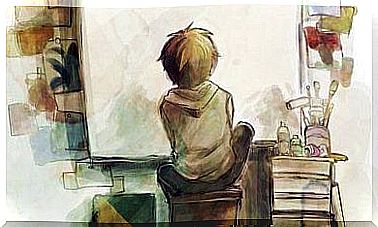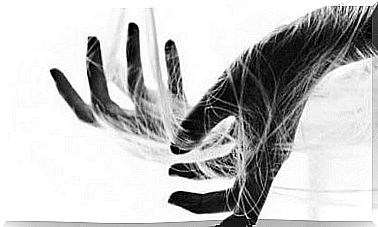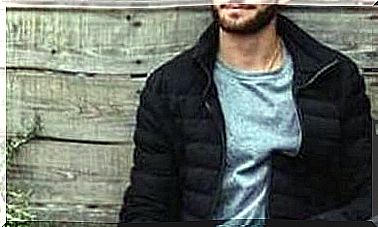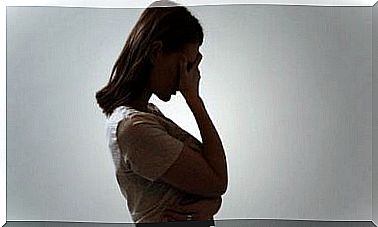Little Hans, One Of Freud’s Most Emblematic Cases
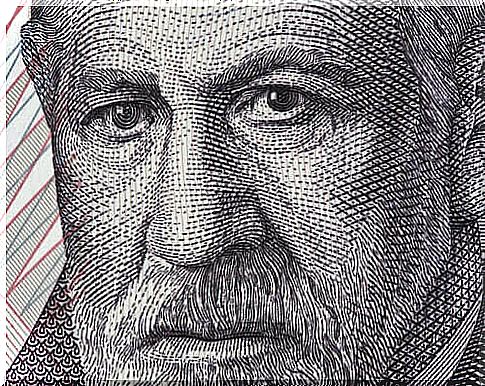
Little Hans is one of the most emblematic clinical cases in psychoanalysis. He tells us about Sigmund Freud’s youngest patient. It is also the case from which Freud structured the foundations of infantile analysis and, to a large extent, of his theory of phobias.
In 1909 the book Analysis of the phobia of a five-year-old child was published . This is where Freud tells the case of little Hans. This publication confirms what the father of psychoanalysis had already claimed in his works on the interpretation of dreams.
Little Hans was Herbert Graf, the son of an important musicologist, a member of the Psychoanalytic Circle of Vienna. Freud clarifies that it was the child’s father himself who conducted the analysis. He sent him his notes and, on the basis of these, Freud presented the case as we know it.
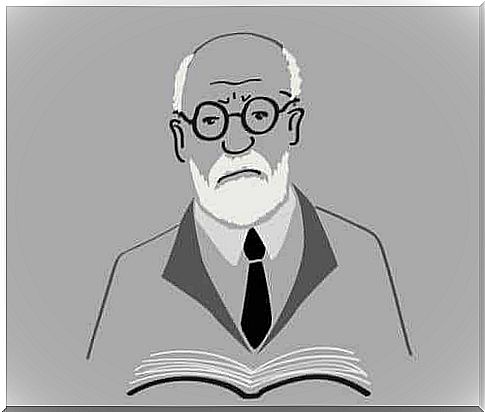
Little Hans’s phobia
Little Hans was 4 years old when his mother gave birth to his little sister. The baby kept wondering how she got out of her mother’s womb. However, he did not find a definitive answer to the question. It was immediately clear to him, however, that he no longer enjoyed his mother’s attention as before.
One day she saw him playing with what he called his “fapipì “ . She admonished him telling him not to play with it too much, because if he exaggerated she would be forced to “cut it”. On another occasion, while he was in the park with the housekeeper, in front of his eyes, a horse clattered to the ground and died.
Since then he developed an intense phobia of horses. And in particular, of those who had something black on their face. He also specifies that the horse also had a large “fapipì”. Freud associated the figure of the horse with that of the child’s father. The father also had “something black” in his mouth: a mustache.
Little Hans’s dream
The phobia became so intense that little Hans refused even to leave the house. Horses were the main means of transportation at the time and were found everywhere. So it was somehow understandable that the child refused to cross the threshold of the house. His father, also a psychoanalyst, began to take note of everything that was going on.
Little Hans had a particularly intense and singular dream at that time. There were two giraffes in it: one large and one creased. The big one was yelling at him, because she had taken the crumpled one away from him. Then suddenly the screams stopped and the baby sat on the crumpled giraffe.
As can be seen, upstream there is a constellation of significant events at a crucial moment in the child’s development. The birth of the little sister, the threat of castration, doubts about biological mechanisms and, as Freud will show, the presence of the Oedipus complex.

Freud’s interpretation
For Freud, the Oedipus complex and the consequent castration anxiety are at the basis of the case of little Hans. Incidentally, by this is meant the child’s desire to take the father’s place over the mother. This desire to eliminate the father causes the anguish of being castrated, or of being hindered by the father in taking his place.
The giraffes in the dream represent the parents. Their neck is a phallic symbol. The “big one” represents the father, or rather the father’s male organ. “That crumpled” represents the mother or, better said, the vagina.
Little Hans’s father says that the boy got into the habit of getting into his parents’ bed in the morning. The father, one day, reproached the mother for being too permissive.
She replied that it was of little consequence and the man remained silent. Hans, at that moment, clung to his mother. For Freud, this scene is undoubtedly Oedipal and is exactly what is represented in the dream.
The solution to Hans’s phobia consists, first of all, in explaining to him in detail the biological mechanisms of birth. Then, help him see himself as his father, and his father as his grandfather. One day the boy noticed that his penis had grown and this reassured him. As a consequence, the phobia of horses also disappeared.
